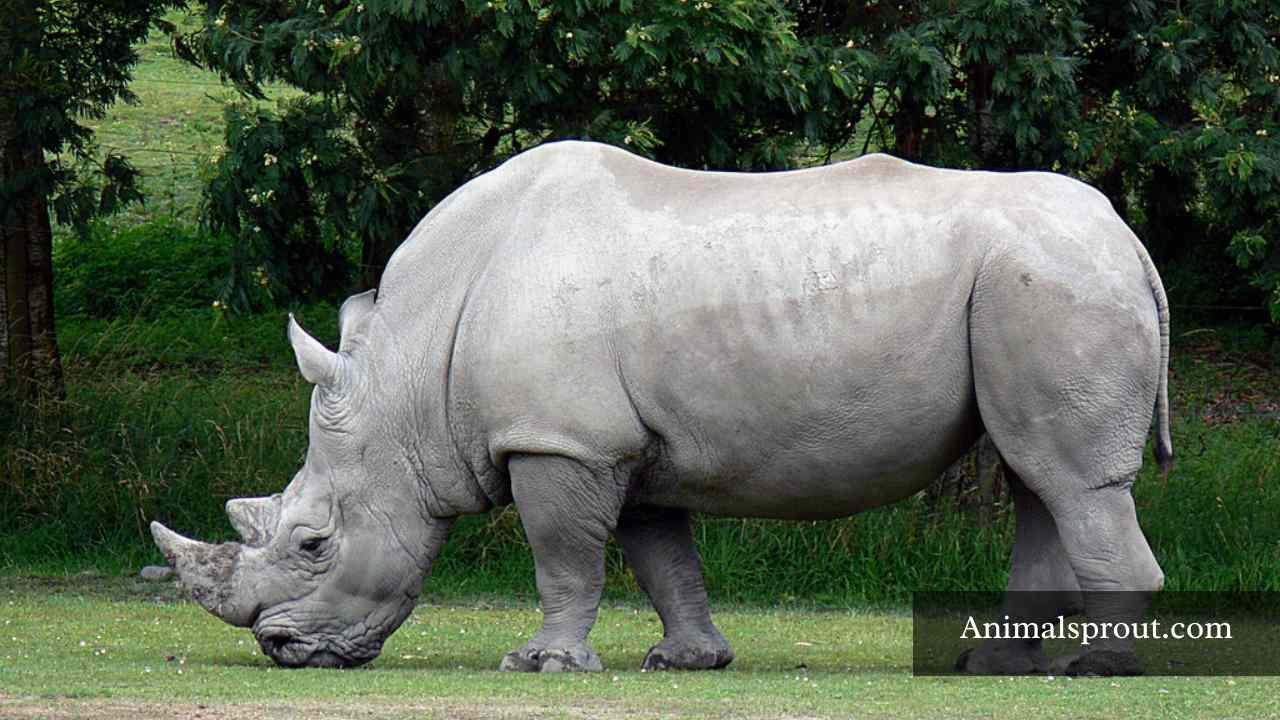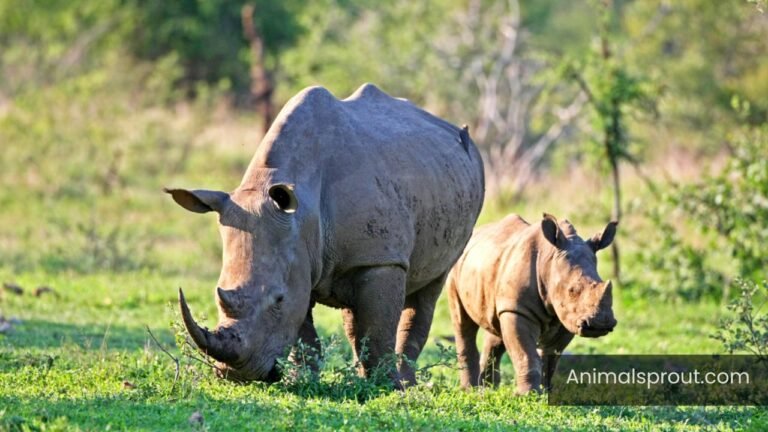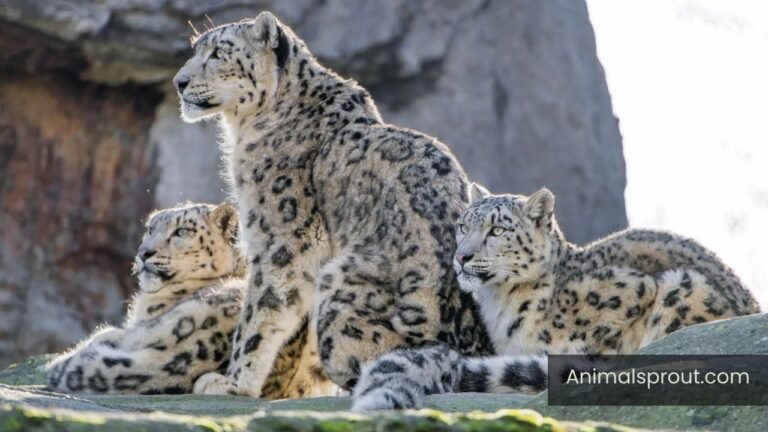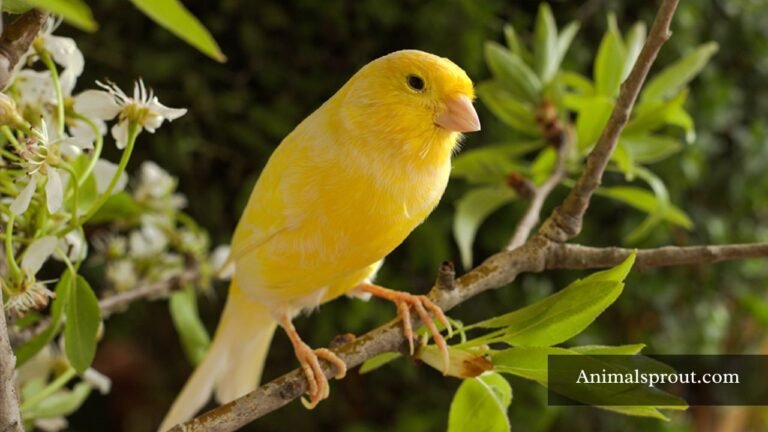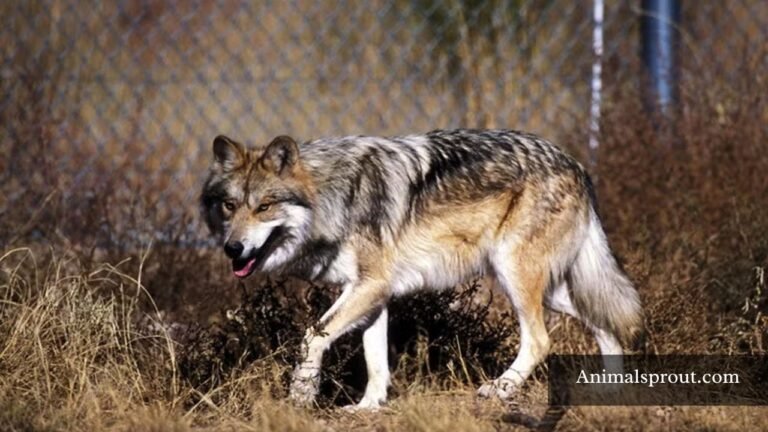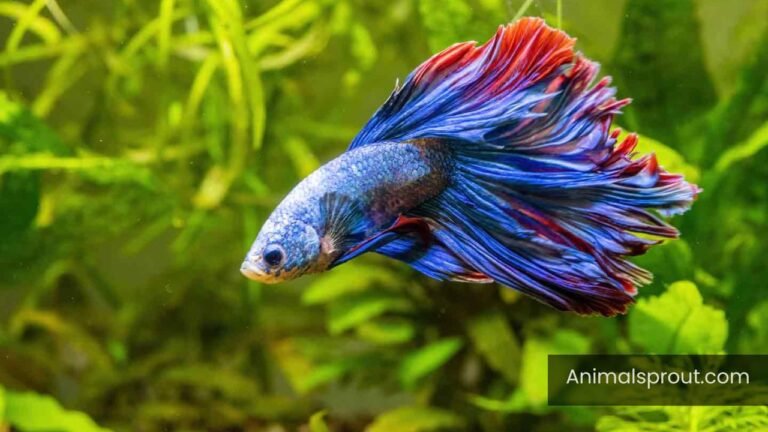Top 17 Most Strongest Animals In The World (With Pictures)
In this exploration of the “Most Strongest Animals In The World,” we delve into the incredible feats of strength showcased by the animal kingdom. Understanding these powerhouses not only sparks our curiosity but also highlights the amazing adaptations that allow them to thrive in their environments. By reading this article, you’ll discover the remarkable abilities of these animals and why they matter in the grand tapestry of nature.
List Of Most Strongest Animals In The World
Below is the list of animals that are strong:
| Number of Animals | Strongest Animals In The World |
| 1 | African Elephant |
| 2 | Harpy eagle |
| 3 | Leopard |
| 4 | Grizzly bear |
| 5 | Lion |
| 6 | White rhino |
| 7 | Hippopotamus |
| 8 | Polar bear |
| 9 | Gorilla |
| 10 | Leafcutter Ant |
| 11 | Musk ox |
| 12 | Bison |
| 13 | Tiger |
| 14 | Grizzly Bear |
| 15 | Dung Beetle |
| 16 | Crocodile |
| 17 | Anaconda |
African Elephant
Scientific Name: Loxodonta africana
Class: Mammalia
Diet: Herbivore
The African elephant, with its formidable size and weight, is not just the largest land animal but also an emblem of strength and resilience in the animal kingdom. These gentle giants possess an incredible ability to uproot entire trees and manipulate their environment with ease, showcasing a unique form of physical prowess. Their trunks, a remarkable integration of muscle and dexterity, serve not only as tools for foraging and drinking but also as instruments for communication — expressing emotions through complex vocalizations and behaviors unseen in many other species.
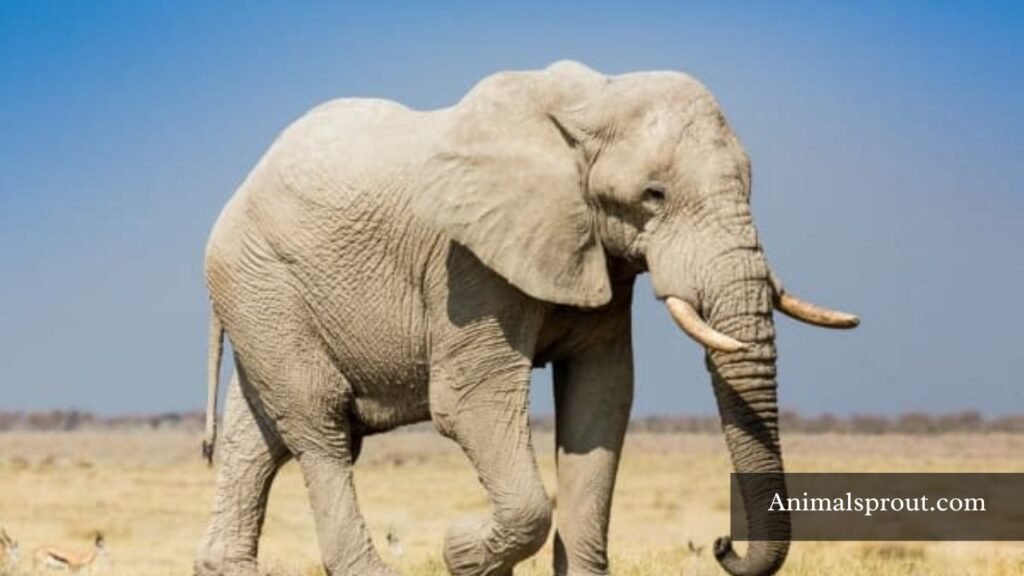
Beyond mere brute strength, African elephants exhibit a deep social intelligence that reinforces their position as nature’s strongest. They form tight-knit family groups led by matriarchs, often using their size and strength to protect younger members from threats. This sense of community is essential; it underscores that true power lies not just in physical might but also in the bonds that unite them, allowing them to navigate the challenges of their environment with strategic cooperation.
Harpy eagle
Scientific Name: Harpia harpyja
Class: Aves
Diet: Carnivore
The harpy eagle, often regarded as one of the most powerful birds of prey, boasts an impressive wingspan that can reach up to seven feet. With legs as muscular as those of a lion, these magnificent raptors are armed with formidable talons, capable of exerting a grip strength of over 400 pounds. This enables them to snatch medium-sized mammals, such as sloths and monkeys, directly from their arboreal homes, showcasing not just their physical strength but also their remarkable hunting prowess.
What sets the harpy eagle apart, however, is its adaptability and intelligence. These birds are known for their strategic hunting techniques, often employing stealth and patience to outsmart their prey. Their striking appearance, marked by a crown of feathers resembling a majestic hairstyle, is not just for show; it communicates dominance in the avian world. The harpy eagle’s habitat in the dense canopies of tropical rainforests emphasizes the balance between power and precision, as they navigate through an environment where agility is as crucial as strength.
Leopard
Scientific Name: Panthera pardus
Class: Mammalia
Diet: Carnivore
Leopards are not just another big cat; they are masters of adaptation, thriving in diverse habitats from rainforests to grasslands and even arid deserts. Their remarkable ability to camouflage with their surroundings allows them to ambush prey with a stealth that rivals even the most skilled hunters. Unlike lions, who work in prides, leopards are solitary creatures, showcasing a blend of strength and cunning. This independence lets them explore a vast territory, ensuring they can always find food and shelter.
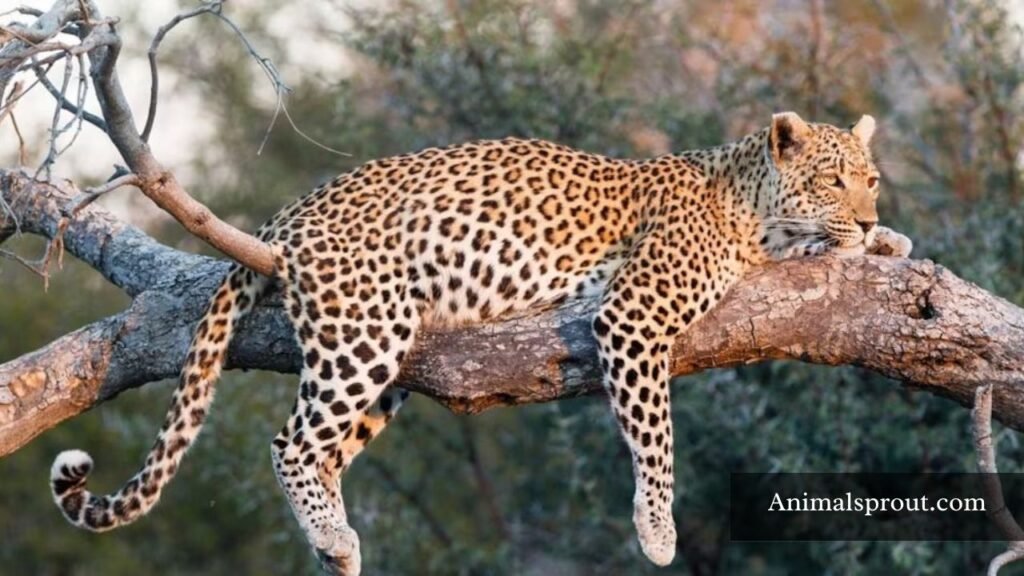
In addition to their impressive physical strength, leopards possess unparalleled climbing skills, often dragging their kills to tree branches to keep them safe from scavengers. This behavior not only highlights their prowess but also their intelligence, adapting behaviorally to the challenges of their environment. Their powerful limbs and sharp claws allow them to traverse canopies effortlessly, revealing a side of these cats often overlooked. Each encounter with a leopard serves as a reminder of the raw beauty and primal power inherent in nature, urging us to consider the delicate balance these apex predators maintain within their ecosystems.
Grizzly bear
Scientific Name: Ursus arctos horribilis
Class: Mammalia
Diet: Omnivore
The grizzly bear, a titan of the wilderness, embodies sheer strength and resilience. Weighing up to 1,500 pounds, these formidable creatures possess muscles that rival those of Olympic athletes. Yet, it’s not just their size that makes them extraordinary; it’s their remarkable adaptability. Grizzlies thrive in diverse environments, from the dense forests of Alaska to the rugged mountains of the Rocky Mountains, showcasing their ability to conquer nature’s challenges with ease.
Beyond their physical prowess, grizzly bears demonstrate a complex social structure and intelligence that often goes unnoticed. They engage in intricate behaviors, such as foraging strategies that highlight their understanding of seasonal food availability. These bears can even communicate through a range of vocalizations and physical gestures, revealing their nuanced personality traits. Observing these magnificent animals in their natural habitat offers a profound reminder of nature’s raw strength and the interconnectedness of life within ecosystems.
Lion
Scientific Name: Panthera leo
Class: Mammalia
Diet: Carnivore
The lion, often dubbed the “King of the Jungle,” embodies not just strength but an unparalleled social structure within the animal kingdom. Unlike solitary predators, lions operate in prides, showcasing teamwork that amplifies their hunting prowess. This cooperative behavior is a testament to their social intelligence — females, primarily responsible for hunting, collaborate in intricate strategies to bring down prey, while males protect the pride’s territory.
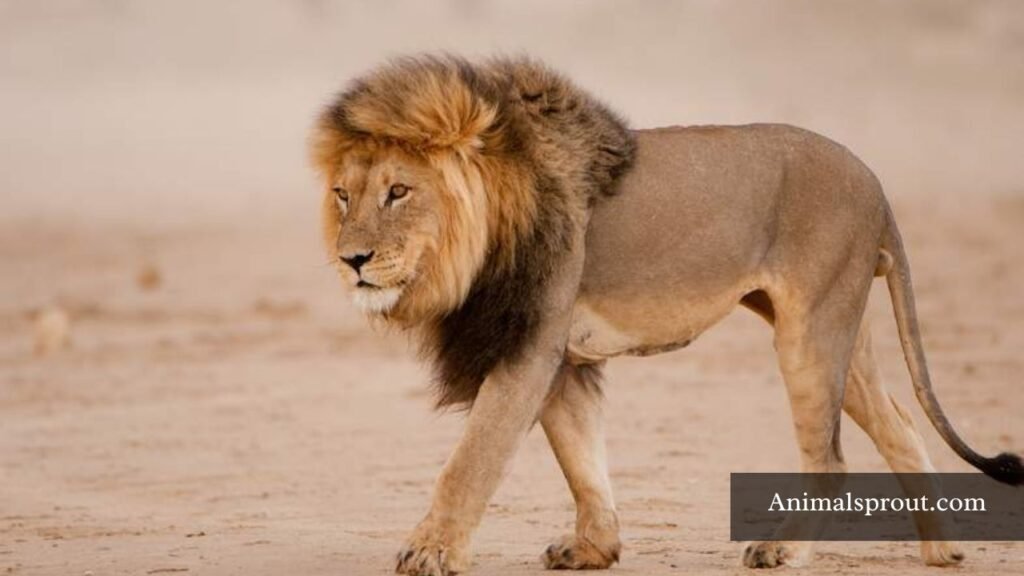
Their physical might is equally remarkable: a male lion can weigh between 330 to 550 pounds, boasting powerful muscles and a bite force of around 650 pounds per square inch. Yet, it’s their roar — a sound that can echo over five miles — that truly asserts their dominance in the wild. This vocal strength serves a dual purpose: it helps in communication within the pride and intimidates potential rivals, ultimately reinforcing their position at the top of the food chain. In essence, lions encapsulate the balance of raw power and social dynamics, making them one of nature’s most fascinating embodiments of strength.
White rhino
Scientific Name: Ceratotherium simum
Class: Mammalia
Diet: Herbivore
The white rhino, one of the largest land mammals, carries an aura of majesty combined with sheer might. Weighing up to 2,300 kilograms (about 5,000 pounds), these magnificent creatures possess not just physical strength, but an intriguing social structure that sets them apart. Unlike many solitary species, white rhinos are often found in groups, showcasing their remarkable ability to form bonds and communicate through various vocalizations. This tight-knit behavior adds a layer of complexity to their strength, making them not just powerful individuals but resilient members of their ecosystem.
Their formidable size and muscular bodies are complemented by wide mouths designed for grazing, giving them a distinct advantage in savannah habitats. However, it is their thick skin, which can be as tough as a shield, that acts as a natural armor against predators. Despite their impressive defenses, white rhinos face threats from poaching and habitat loss, reminding us that strength can be both a blessing and a curse in an increasingly fragile world. Protecting these gentle giants, understanding their behavior, and appreciating their role in maintaining biodiversity is crucial, as their presence signifies the health of our ecosystems.
Hippopotamus
Scientific Name: Hippopotamus amphibius
Class: Mammalia
Diet: Herbivore
The hippopotamus, often overshadowed by its more glamorous savannah counterparts, is a powerhouse of strength and resilience. Weighing up to 4,000 pounds, this massive mammal may appear docile while wallowing in riverbanks, but its robust jaws can crush bones with a bite force higher than that of a lion. Their sheer size and muscular build allow them to dominate their aquatic environments, where they are surprisingly agile, propelling themselves through water with grace.
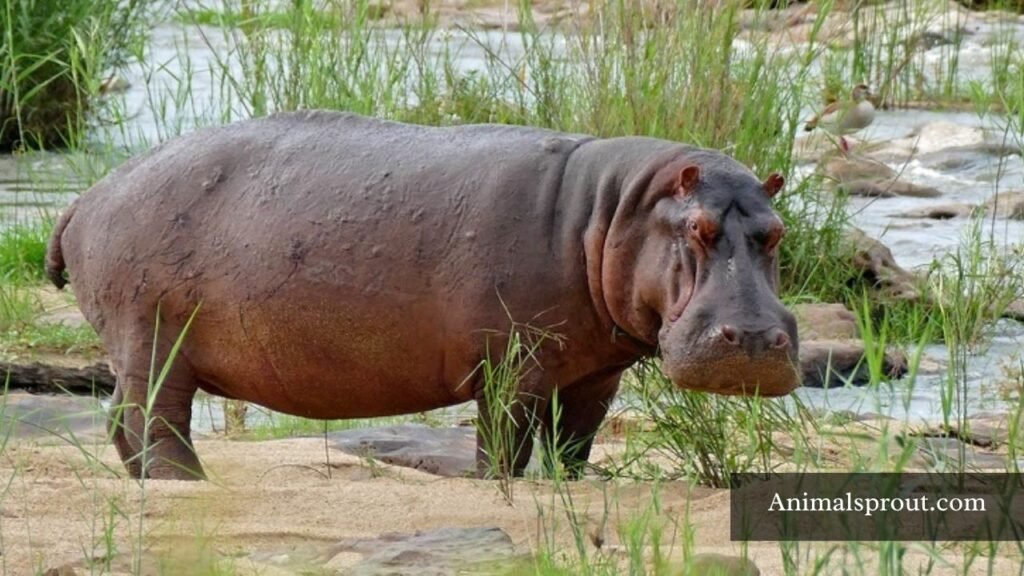
What’s less known is the hippo’s territorial prowess. During the day, they bask in the sun but become highly aggressive at night, guarding their turf fiercely against intruders. This behavior isn’t just a display of strength; it reveals their complex social structures and intricate communication methods, including vocalizations that can be heard for miles underwater. Observing them shows that true power lies not just in brute force but in their strategic dominance over both land and water ecosystems.
Polar bear
Scientific Name: Ursus maritimus
Class: Mammalia
Diet: Carnivore
The polar bear, a majestic embodiment of strength and resilience, thrives in one of the harshest climates on Earth. With an impressive weight of up to 1,500 pounds and powerful muscles, these apex predators are not only skilled swimmers — capable of traversing hundreds of miles across icy waters — but also adept hunters, relying on their sharp sense of smell to detect seals beneath thick ice. However, their strength extends beyond mere physical prowess; it is their adaptability to changing environments that truly sets them apart in the animal kingdom.
What’s fascinating is the polar bear’s ability to maintain energy in extreme cold. Their thick layer of blubber, combined with a dense coat that appears white yet is actually transparent, serves as insulation against freezing temperatures, allowing them to conserve energy when food is scarce. As climate change increasingly threatens their habitat, polar bears exemplify the urgent need for conservation efforts.
Gorilla
Scientific Name: Gorilla gorilla
Class: Mammalia
Diet: Herbivore
The gorilla, often seen as the gentle giants of the primate world, embodies an unexpected paradox: immense strength paired with profound intelligence and social depth. A male silverback can weigh up to 440 pounds and possess the strength equivalent to ten adult humans, making them the kingpins of their forest realm. This muscular build is not merely for show; it serves a vital purpose in their social structure, where dominance and protection of the troop are paramount.
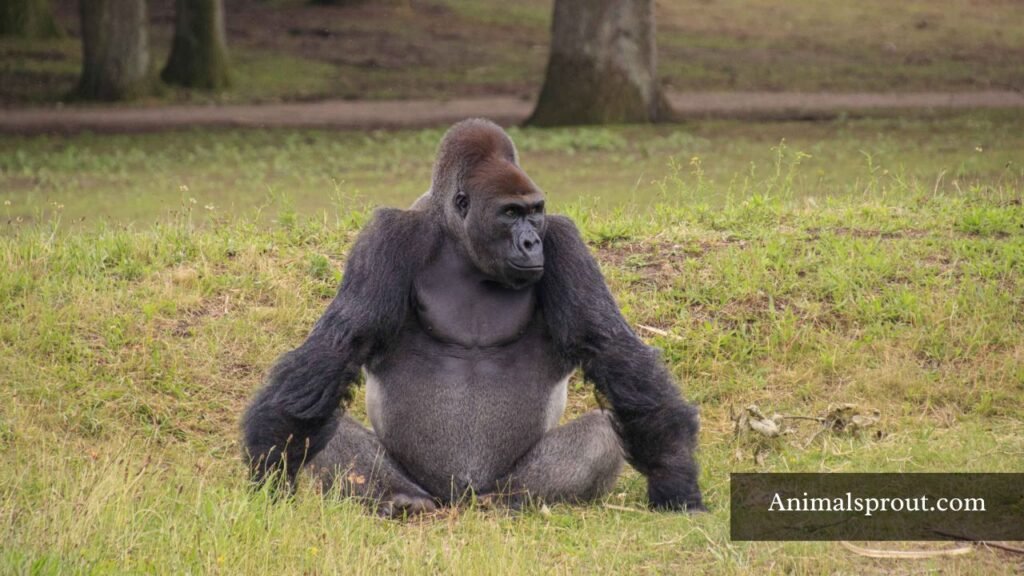
Yet, gorillas are not just brawn; their emotional vibrancy reveals complex social interactions filled with nurturing behaviors, such as grooming and nurturing their young. This emotional intelligence adds another layer to their strength, as it enables them to form cohesive family units and intricate social bonds.
Leafcutter Ant
Scientific Name: Atta cephalotes
Class: Insecta
Diet: Fungivore
Leafcutter ants are a marvel of nature’s engineering prowess, often underestimated due to their diminutive size. These tiny titans can carry objects up to 50 times their own weight, showcasing a level of strength that belies their appearance. What makes them particularly fascinating is their symbiotic relationship with fungi. They don’t just harvest leaves; they meticulously cultivate the plant material to grow a specialized fungus that serves as their primary food source. This intricate farming system underscores their strength not just in physical power but also in their ability to manipulate their environment for survival.
These remarkable ants demonstrate unparalleled teamwork and social structure. Each member contributes to the hive’s success — foraging, processing, and protecting their colony. Their communication is incredibly sophisticated, relying on pheromones to coordinate efforts and orchestrate labor, proving that true strength often lies in unity. By examining their behavior, we gain insights into the dynamics of cooperation and resilience in nature, offering lessons that transcend the insect world.
Musk ox
Scientific Name: Ovibos moschatus
Class: Mammalia
Diet: Herbivore
Among the robust denizens of the Arctic tundra, the musk ox stands as a symbol of resilience and strength. With a thick, shaggy coat and a stocky frame, these formidable creatures are perfectly adapted to survive extreme cold and harsh winds. Their impressive horns, which can weigh up to 30 pounds each, are not just tools for combat; they also serve as a testament to the animal’s powerful presence in its frigid habitat, where predators think twice before challenging them.
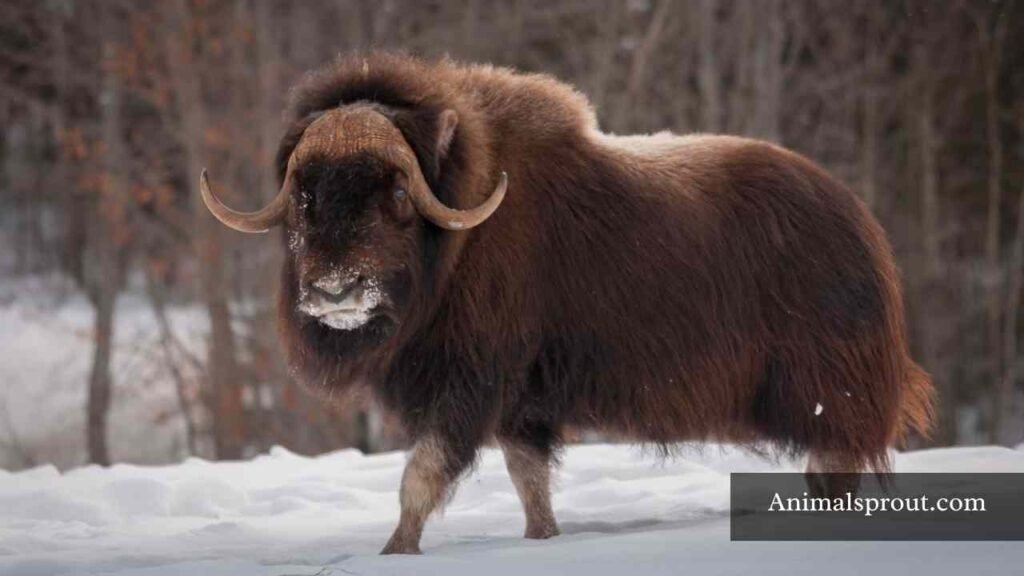
But it’s not just their physical attributes that mark the musk ox as one of nature’s strongholds; it’s also their social behavior. Living in tight-knit herds, musk oxen exhibit remarkable teamwork during threats. When a predator approaches, the herd will form a protective circle, with mothers shielding their calves in the center — a heartening display of collective strength and maternal instinct. This cooperation not only fortifies their defense but also highlights an innate wisdom of survival in one of Earth’s harshest environments.
Bison
Scientific Name: Bison bison
Class: Mammalia
Diet: Herbivore
Bison, often overlooked in discussions of strength, are marvels of physique and endurance. These enormous mammals, weighing up to 2,000 pounds, are built for survival in harsh environments. Their powerful legs can traverse rough terrains at impressive speeds, allowing them to escape predators or investigate new grazing grounds. But it’s their remarkable muscle density and bone structure that truly set them apart; these attributes allow them to thrive against the elements, from biting winter winds to sweltering summer heat.
Bison have a unique social strength. Living in herds, they exhibit cooperative behavior that not only enhances their survival chances but also fosters complex social structures. The matriarchal leadership often leads the group to safer pastures, showcasing an instinctual wisdom that plays a critical role in their resilience. Watching a bison navigate its landscape — whether plowing through snow or forging rivers — reveals a creature in harmony with nature, embodying a blend of raw strength and strategic cleverness.
Tiger
Scientific Name: Panthera tigris
Class: Mammalia
Diet: Carnivore
The tiger, often hailed as the ultimate embodiment of strength in the animal kingdom, is not just a physical powerhouse but a master of adaptability. Unlike their lion counterparts, tigers thrive in diverse habitats — from dense jungles to open grasslands — demonstrating an impressive versatility that speaks to their evolutionary prowess. Their powerful muscles, capable of propelling them at speeds up to 30 miles per hour, allow tigers to pounce with explosive force, making them formidable hunters.
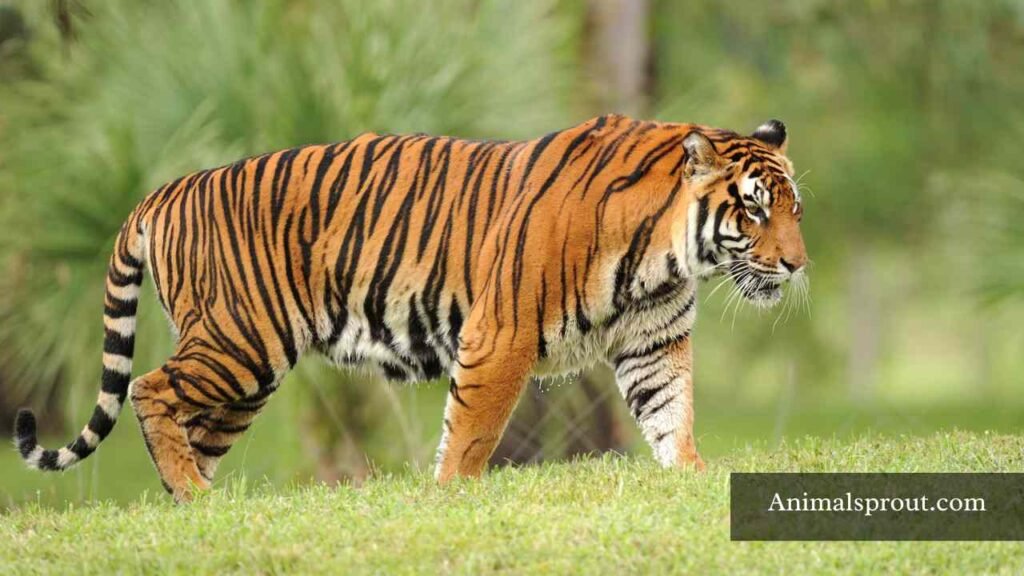
What truly sets tigers apart is their unique hunting strategy. They rely more on stealth and solitary tactics than sheer ferocity. With a remarkable ability to blend into their environment, a tiger can stalk its prey with remarkable patience, using its keen senses to navigate the terrain silently. This blend of strength, agility, and cunning reveals a complex intelligence that is often overlooked; tigers don’t just rely on brute force but employ tactics akin to a chess player, anticipating moves and outsmarting their prey before the final strike. Such nuanced behavior highlights not only their physical strength but also their strategic prowess, making tigers one of nature’s most fascinating apex predators.
Grizzly Bear
Scientific Name: Ursus arctos horribilis
Class: Mammalia
Diet: Omnivore
The grizzly bear, an apex predator of North America, embodies strength in both physical prowess and adaptability. Weighing up to 800 pounds and standing over 8 feet tall on their hind legs, these magnificent creatures blend brute force with surprising agility. Their muscular build allows them to sprint at speeds of up to 30 miles per hour, a remarkable feat for an animal of their size, perfectly adapted for both hunting and evading threats.
While most people marvel at their size and strength, what is truly fascinating is their intelligence and social behavior. Grizzlies exhibit complex emotional responses and develop intricate relationships within their ecosystem, often using their keen sense of smell to locate food sources buried beneath layers of snow or earth. This ability not only highlights their physical strength in digging but also their strategic thinking, demonstrating that their power lies not just in muscle but in an astute understanding of their environment.
Dung Beetle
Scientific Name: Scarabaeus sacer
Class: Insecta
Diet: Detritivore
The dung beetle is a remarkable testament to strength in the animal kingdom, often overlooked in favor of larger, more charismatic creatures. What sets these tiny champions apart is their extraordinary ability to pull objects over 1,000 times their own weight — equivalent to a human dragging six double-decker buses! This incredible feat is made possible by their powerful leg muscles and unique anatomical adaptations, allowing them not only to transport dung but also to navigate the complex terrains of their habitat with surprising agility.

Beyond their impressive physicality, dung beetles play a crucial ecological role. They are nature’s recyclers, breaking down feces and returning nutrients to the soil, which promotes healthier plant growth. This process helps sustain entire ecosystems, creating a symbiotic relationship with other wildlife.
Crocodile
Scientific Name: Crocodylus niloticus
Class: Reptilia
Diet: Carnivore
Crocodiles are often celebrated not just for their impressive size, but for their remarkable power, making them one of nature’s most formidable predators. With jaws capable of exerting over 3,000 pounds of pressure per square inch, a single bite can crush bone and shatter the defenses of even the toughest prey. This extraordinary strength is complemented by their stealth; the way they glide through the water, almost like a whisper, allows them to ambush unwary animals at water’s edge.
What sets crocodiles apart from other apex predators is their remarkable evolutionary endurance. Having existed for over 200 million years, they serve as living fossils, showcasing the art of survival and adaptation in diverse environments. Their tough, armored skin and efficient ambush techniques highlight how these reptiles have perfected their roles as hunters. Moreover, with the ability to hold their breath for up to an hour while waiting for the perfect moment to strike, crocodiles exhibit a unique blend of patience and brute force, making them the ultimate masters of their aquatic realms.
Anaconda
Scientific Name: Eunectes murinus
Class: Reptilia
Diet: Carnivore
The anaconda, revered as one of the strongest snakes on the planet, captivates the imagination with its sheer size and strength. Native to the lush wetlands of South America, particularly the Amazon basin, it can grow up to 30 feet long and weigh more than 500 pounds. But it’s not just its impressive dimensions that deserve admiration; it’s the anaconda’s remarkable ability to constrict prey that truly highlights its power. Unlike many predators that rely on venom, the anaconda uses its muscular body to subdue creatures, coiling around them with relentless force until they can no longer breathe. This method of hunting showcases a unique and brutal form of adaptation, emphasizing survival in a world teeming with competition.
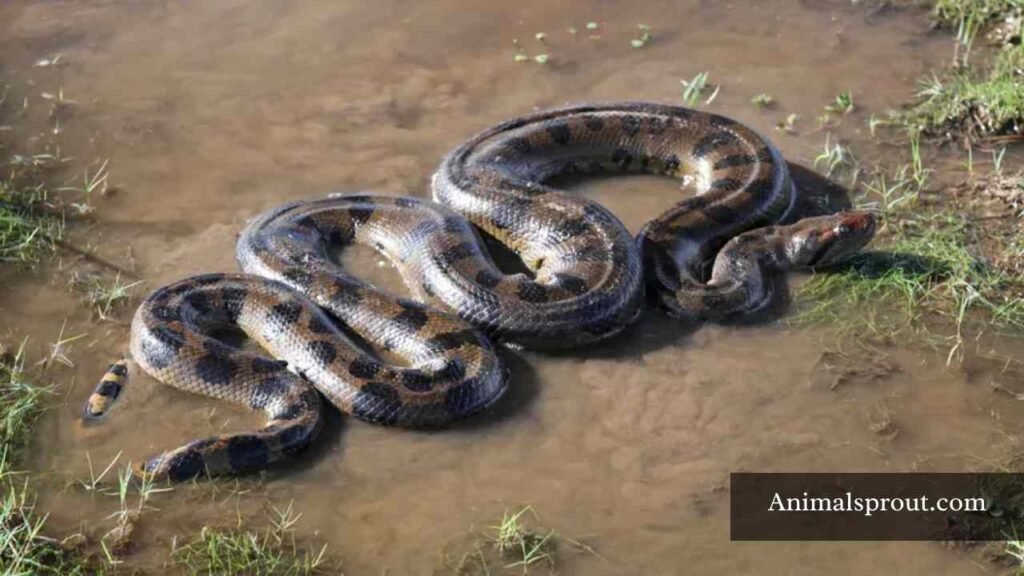
Readmore: Explore Top 15 Animals without legs In The World.
Final Thoughts
The strongest animals in the world represent the pinnacle of power and endurance found in the animal kingdom. Their impressive abilities not only captivate our imagination but also reflect the intricate balance of nature. Whether it’s the formidable strength of the grizzly bear or the unique capabilities of the dung beetle, each animal plays a vital part in maintaining ecological health. Understanding and respecting these mighty creatures is essential for promoting biodiversity and conservation efforts. Together, we can ensure that these incredible animals continue to roam the earth for years to come.
FAQs
What animal has the strongest bite force?
The animal with the strongest bite force is the saltwater crocodile. Research shows that its bite can exceed 3,700 pounds per square inch (PSI), making it the most powerful bite in the animal kingdom. This immense force allows it to crush bones and capture prey with ease.
What is the strongest animal in the world?
The African bush elephant is often considered the strongest animal in the world due to its sheer size and impressive physical capabilities. Weighing up to 14,000 pounds and standing up to 13 feet tall at the shoulder, this massive creature can push down trees and move heavy obstacles with ease. Their powerful trunks, which contain around 40,000 muscles, allow them to manipulate their environment, lift heavy objects, and even protect their young.
Which animal is very fearless?
One of the most fearless animals in the wild is the honey badger. Known for its tenacity, it doesn’t back down from challenges, no matter the size of its opponent. Honey badgers have been observed taking on lions, snakes, and even crocodiles, showcasing a boldness that’s hard to match. Their tough skin and strong bite add to their fearless reputation.

